 Eagle Feathers #86 – Charles
Eagle Feathers #86 – Charles
By Bob (Monty) Doherty
What’s in a name? For instance, what does the name Charles mean? The name Charles was derived from a Germanic word meaning “man” or “free man.” Its original popularity was in honor of “Charles the Great,” Emperor of Western Europe. He was born in 742, exactly 1,100 years before Somerville’s naming in 1842.
As years went by, a number of European sovereigns and princes took that regal name. In 1614, early New England explorer, John Smith, renamed the Indian River called ”Massachusetts” (meaning blue hills) after one of these monarchs. He called it The River Charles, honoring fifteen-year-old Prince Charles of England. Later when the Prince became King, Charlestown, which Somerville was a part of, took his name. The day was July 4, 1629.Unless it’s your name, you probably don’t care; but if you live in Somerville, you might well be interested. The Charles River made up Somerville’s eastern border, before landfills altered it.
Through the years, the city has had a unique list of personages with that name. The list is as follows:
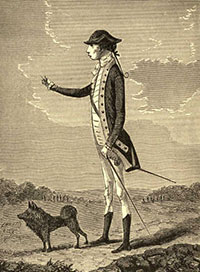
Major General Charles Lee
- At the top of her list is Revolutionary War Major General Charles Lee, Commander of the left wing of the American Army during the siege of Boston from 1775 to 1776. His headquarters were at Somerville’s oldest house, the 301 year-old Oliver Tufts homestead at 78 Sycamore Street.
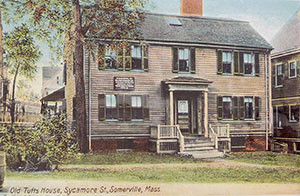 Charles Tufts, a Somerville resident whose land donation put a light on Walnut Hill, which became Tufts University.
Charles Tufts, a Somerville resident whose land donation put a light on Walnut Hill, which became Tufts University.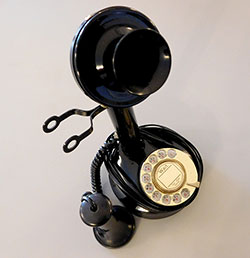 Charles Williams, inventor, whose house at One Arlington Street was the termination point for the first outside telephone call.
Charles Williams, inventor, whose house at One Arlington Street was the termination point for the first outside telephone call.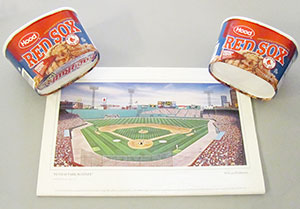 Charles Taylor, Belmont Street resident, Somerville Alderman, and founder of the Boston Globe newspaper, gave the Red Sox their name and built Fenway Park.
Charles Taylor, Belmont Street resident, Somerville Alderman, and founder of the Boston Globe newspaper, gave the Red Sox their name and built Fenway Park.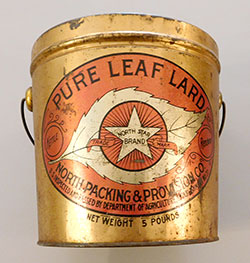
- Charles H. North, owner of Somerville’s thirteen-acre North Packing and Provision Company with buildings up to nine stories. At the time, it was the largest, most self-contained packing house in the world.
- Charles Revson of Somerville and a chemist named Charles Lachman combined their names to establish the Revlon cosmetic empire. One of his most successful beauty lines was called “Charlie” after himself.
- Charles Dickens visited Somerville in 1842, the year of the town’s birth. On his first train ride in America, he stopped and viewed McLean Asylum.
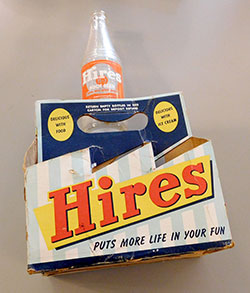
- Charles Hires and Somerville’s Russell Conwell teamed together to create the nation’s first Root Beer.
- Charles Francis Adams, president of First National Stores of Somerville, created the Boston Bruins, the Boston Braves and Suffolk Downs.
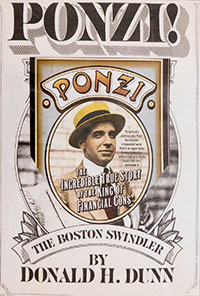
- Charles Ponzi … Not all of the Charles’s were model citizens … Ponzi robbed “Peter” to pay “Paul” with his pyramid scheme, which bore his name. He lived on Powder House Boulevard and had an office in Davis Square.
- Charles Miller, Somerville Committeeman, argued convincingly for the adoption of the name Somerville. Following his suggestion, the 1842 separation was then complete.
- Last but not least, Somerville embraces the symbolic “Charlie on the MTA.” First came Charlie, bringing the “Red” line to Davis Square, next came Charlie bringing the “Orange” line to Assembly Square, and soon Charlie will be bringing the “Green” line to Union Square and beyond. The MBTA is painting Somerville with the colors of autumn.

 Holiday Greetings
Holiday Greetings Porer Square Books
Porer Square Books













Reader Comments